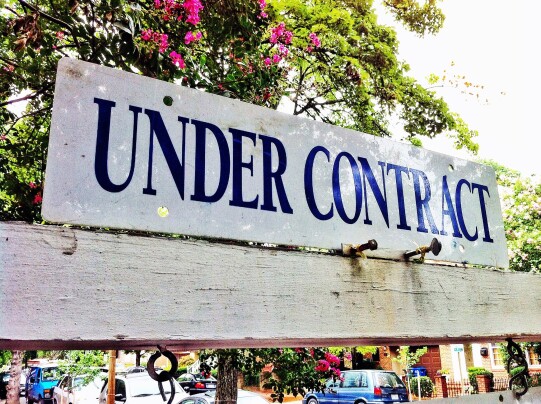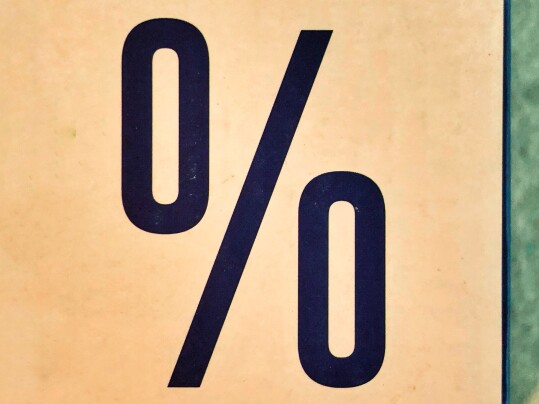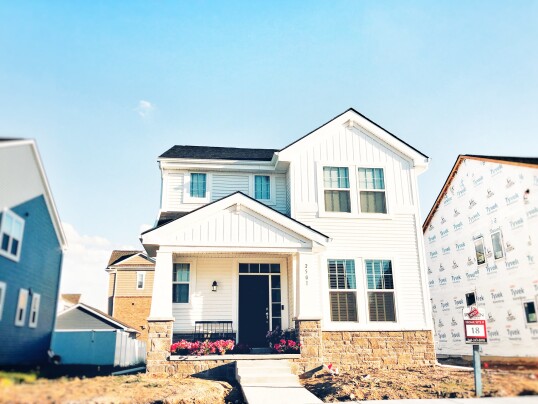Home sellers continued to enjoy healthy profits during the first quarter of 2024, according to new numbers from ATTOM Data Solutions. ATTOM’s first-quarter 2024 U.S. Home Sales Report found the typical home sale during the first three months of this year had a gross profit of $120,500. That’s a bigger profit than has been seen during most of the past 10 years but also the lowest it’s been since mid-2021. Rob Barber, ATTOM’s CEO, says profits have been trending smaller. “The latest price and profit numbers show notably downward trends, which raises new questions about whether the housing-market boom is indeed ebbing, or even ending after so many years of improvement,” Barber said. “But due caution is needed in looking at the first-quarter data and what the patterns mean. We saw a similar downward pattern from late 2022 into early 2023, and then the market surged.” Barber says profit margins are still very high by historical standards and the spring season will help determine whether or not the “market still has steam in its engine.” (source)
Archive for April 2024
Typical Seller Profit $120,500 During 1st Quarter
Contract Signings See Best Month In A Year
Typically, after a contract to buy a home is signed, there are several weeks until the deal is closed and the sale is final. That means the number of signed contracts in any given month should be a good indicator of the next month’s final sales numbers. It also means contract signings can be a more current gauge of buyer demand and what’s happening in the market now. That’s why the National Association of Realtors tracks them each month. In March, according to newly released data from the NAR, the number of signed contracts to buy homes increased from the month before. In fact, the NAR’s Pending Home Sales Index found contracts to buy up 3.4 percent. Lawrence Yun, NAR’s chief economist, says it was the best month in a year. “March’s Pending Home Sales Index – at 78.2 – marks the best performance in a year, but it still remains in a fairly narrow range over the last 12 months without a measurable breakout,” Yun said. “Meaningful gains will only occur with declining mortgage rates and rising inventory.” Regionally, contracts to buy homes rose in the West, Northeast, and South but fell in the Midwest. (source)
How Many Years Will You Live In The Home You Buy?
Buying a home is a commitment. It’s not something you’re going to do every other year. So, when you’re searching for a home, you have to consider whether or not you can see yourself living there for a while. But how many years does the average homeowner spend in their home? Well, according to new numbers from ATTOM Data Solutions, fewer than before. During the first quarter of this year, homeowners who sold their homes had lived in them for an average of 7.77 years. For comparison, homeownership tenure was found to be anywhere from eight to 13 years between 2018 and 2021. It has also been much lower, falling to about 4.5 years during the early 2000s. In other words, home shoppers should consider whether or not they feel they could live in the homes they see for between five and 10 years, since, most likely, that’s how long they’ll live there. (source)
Average Mortgage Rates Increased Last Week
According to the Mortgage Bankers Association’s Weekly Applications Survey, average mortgage rates moved higher last week from the week before. Rates were up across all loan categories, including 30-year fixed-rate loans with both conforming and jumbo balances, loans backed by the Federal Housing Administration, 15-year fixed-rate loans, and 5/1 ARMs. As a result, demand for loans to buy homes slowed, dropping 1 percent from the previous week. Joel Kan, MBA’s vice president and deputy chief economist, says interest in adjustable-rate mortgages has increased. “Purchase applications declined, as home buyers delayed their purchase decisions due to strained affordability and low supply,” Kan said. “The ARM share of applications increased to 7.6 percent, consistent with the upward trend in rates, as buyers look to reduce their potential monthly payments.” The MBA’s weekly survey has been conducted since 1990 and covers 75 percent of all retail residential mortgage applications. (source)
New Home Sales Surge In March
New home sales surged almost 9 percent in March, according to new numbers from the U.S. Census Bureau and the Department of Housing and Urban Development. The improvement exceeded economists’ expectations and pushed new home sales 8.3 percent higher than year-before levels. The gains are mostly due to the continuing lack of existing homes available for sale. Inventory levels have been improving recently but remain lower than normal. That’s helped drive home buyers to consider new options, which has kept the new home market buzzing at a time when existing home sales have been slow. Still, mortgage rates have risen recently, which could slow the momentum in upcoming reports. In March, though, every region of the country saw increases, including a 27.8 percent spike in the Northeast. The Midwest, South, and West, saw gains between five and nine percent month-over-month. (source)
Are First-Time Buyers Ready To Buy?
First-time home buyers have a different set of challenges when it comes to buying a home. For one, they don’t have a home to sell. That means they don’t have the option of taking the proceeds from their home’s sale and using it to fund the down payment on a different house. In other words, they have to come up with a down payment mostly from savings. That can be challenging in a market where prices continue to rise. But while the market can be challenging for first-time buyers, that doesn’t mean they aren’t active. In fact, based on new data from the Mortgage Bankers Association, they may be getting ready to buy. Joel Kan, MBA’s vice president and deputy chief economist, says FHA loan application activity was up in March and that’s a sign first-time buyers are on the move. “The FHA share of applications did increase in March, exceeding 26 percent, compared to a 24 percent average for the prior 12 months,” Kan said. “A higher FHA share can be a sign of more first-time buyer activity, but that segment of buyers is also more sensitive to affordability challenges.” (source)
Home Prices Increase 1.7% During 1st Quarter
The housing market has cooled a bit from its pandemic-era boom, when buyers were on the move and locking in historically low mortgage rates. But while things aren’t as frenzied as they were in 2021, that doesn’t mean buyers should expect falling home prices. In fact, quite the opposite. According to new numbers from Fannie Mae, prices continue to rise and saw a 1.7 percent increase during the first quarter of 2024 – which is about the same rate of increase seen during the final three months of 2023. Doug Duncan, Fannie Mae’s senior vice president and chief economist, says the low supply of homes is the issue. “Home prices continued to rise in the first quarter as the housing market remained seriously supply constrained,” Duncan said. “Mortgage rates have trended upward again of late, but there is support for home prices in strong demographic demand from younger generations.” In other words, buyers are beginning to adjust to higher mortgage rates and are returning to a market low on available options. That means demand should continue to outpace supply, which will continue to put upward pressure on prices. (source)







